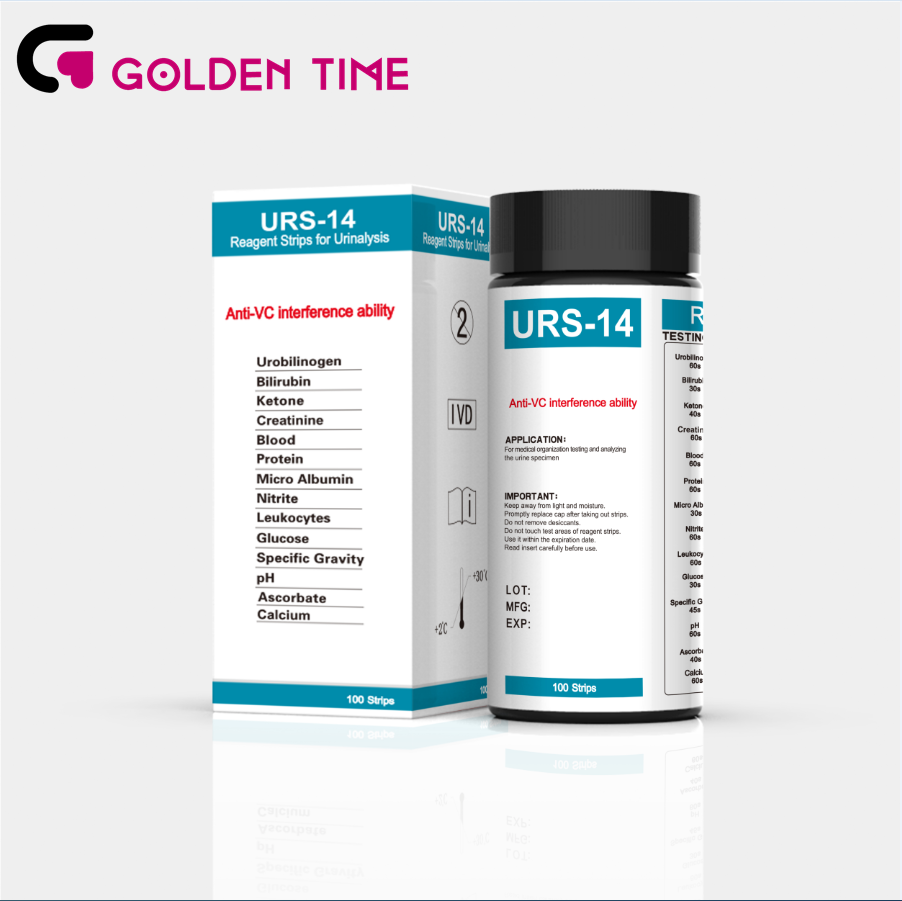Dec . 14, 2024 04:01 Back to list
Exploring the Impact of Amplification Testing in Modern Diagnostic Techniques
Understanding Amplification Testing A Key Tool in Modern Diagnostics
In today's rapidly evolving world of medicine and science, the need for precise and efficient diagnostic tools has never been greater. One such crucial tool is amplification testing, a technique that enhances the detection of specific nucleic acid sequences, playing a pivotal role in various fields such as infectious disease diagnosis, genetic testing, and oncology. This article delves into the fundamentals of amplification testing, its techniques, applications, and the future of this transformative technology.
What is Amplification Testing?
Amplification testing primarily focuses on amplifying small segments of DNA or RNA to enable their detection and analysis. It is based on the principle that even minor amounts of genetic material can be exponentially increased, making it easier to study and evaluate. The significance of amplification testing lies in its ability to provide accurate and sensitive results, which can often influence clinical decisions and patient outcomes.
Techniques of Amplification Testing
The most widely recognized method of amplification testing is Polymerase Chain Reaction (PCR). Invented in the 1980s by Kary Mullis, PCR involves a series of temperature changes that facilitate the denaturation of DNA, annealing of primers, and extension by DNA polymerase. This cyclical process results in the doubling of the target DNA sequence, achieving millions of copies in just a few hours.
Apart from traditional PCR, several advanced variations have emerged. Real-time PCR, or quantitative PCR (qPCR), enables the quantification of DNA in real-time, providing not only yes/no results but also the initial quantity of the target sequence. Another notable method is Reverse Transcription PCR (RT-PCR), which converts RNA into complementary DNA (cDNA) before amplification, making it essential for studying RNA viruses, such as SARS-CoV-2.
Moreover, techniques like Loop-mediated Isothermal Amplification (LAMP) provide rapid results under isothermal conditions, making them suitable for point-of-care testing in resource-limited settings. These innovations continue to expand the possibilities of amplification testing in diverse environments.
Applications of Amplification Testing
amplification testing

The applications of amplification testing are vast and impactful. In clinical microbiology, PCR is employed to detect pathogens quickly and accurately. For example, it has become a critical tool in diagnosing infections such as tuberculosis, HIV, and various viral syndromes. Early and reliable detection allows for timely treatment, increasing the chances of positive patient outcomes.
In genetics, amplification testing plays an essential role in identifying genetic mutations and variations that may lead to hereditary diseases. Tests such as next-generation sequencing (NGS) allow for comprehensive analysis of genes associated with conditions like cancer, enabling personalized medicine approaches tailored to individual genetic profiles.
Furthermore, amplification testing is critical in fields like forensics, where it is utilized to analyze DNA samples from crime scenes. The ability to obtain a genetic profile from minuscule amounts of biological material has revolutionized law enforcement and criminal justice.
Challenges and Future Directions
Despite its numerous advantages, amplification testing is not without challenges. Contamination can lead to false positives, and the reliance on specific primers may limit the versatility of some tests. Additionally, the interpretation of results requires careful consideration, particularly in a clinical setting where implications can be profound for patient care.
Looking ahead, the future of amplification testing appears promising. Ongoing research aims to develop faster, more efficient, and cost-effective methods. The integration of artificial intelligence and machine learning into these processes could streamline data analysis, enhancing the reliability of diagnostic results. Moreover, the push towards decentralized and point-of-care testing models could make amplification testing more accessible, especially in low-resource settings.
Conclusion
Amplification testing is a cornerstone of modern diagnostics, providing invaluable insights across various domains. From infectious diseases to cancer detection, the ability to amplify and analyze nucleic acids has transformed our approach to health and disease. As technology continues to advance, the potential of amplification testing is bound to grow, promising a future where precise and timely diagnostics are available to everyone, everywhere. The journey of amplification testing is just beginning, and its impact on global health is set to be profound.
-
High Quality Cassette Lateral Flow for Accurate Testing Solutions
NewsJul.23,2025
-
Malaria PF / PAN AG Rapid Test – Accurate & Fast Malaria Diagnosis
NewsJul.22,2025
-
Accurate LH Ovulation Test Strips for Easy Fertility Tracking
NewsJul.21,2025
-
Rapid Influenza A/B Antigen Test Kit | Fast & Accurate Diagnostic Solution
NewsJul.20,2025
-
Dengue NS1 Rapid Diagnostic Test Kit
NewsMar.07,2025
-
Dengue NS1 Rapid Diagnostic Test Kit
NewsMar.07,2025

